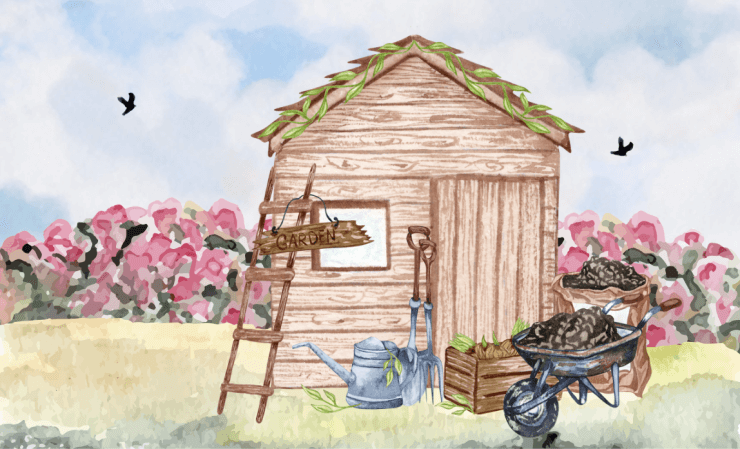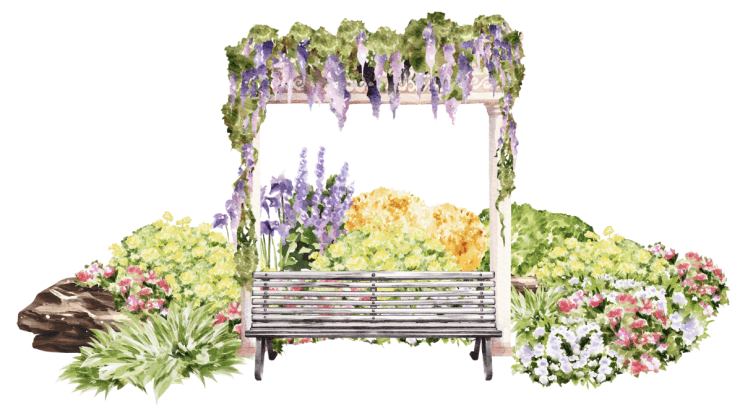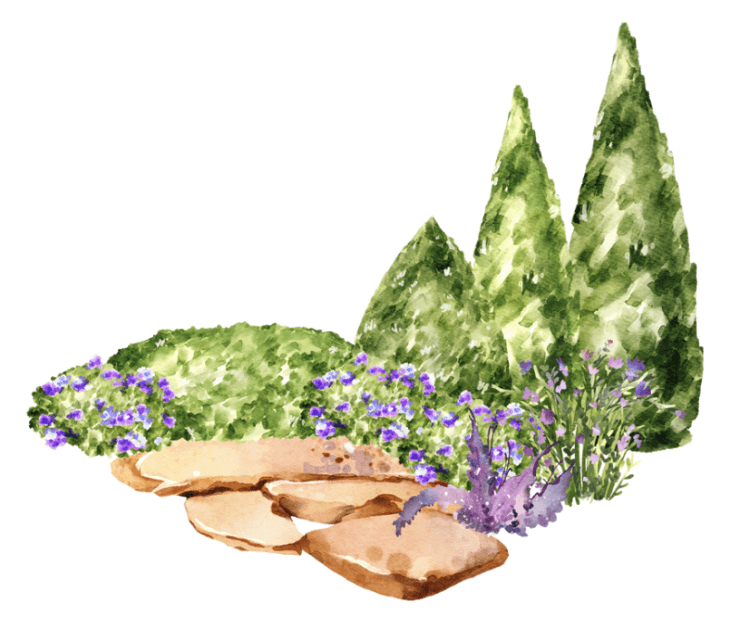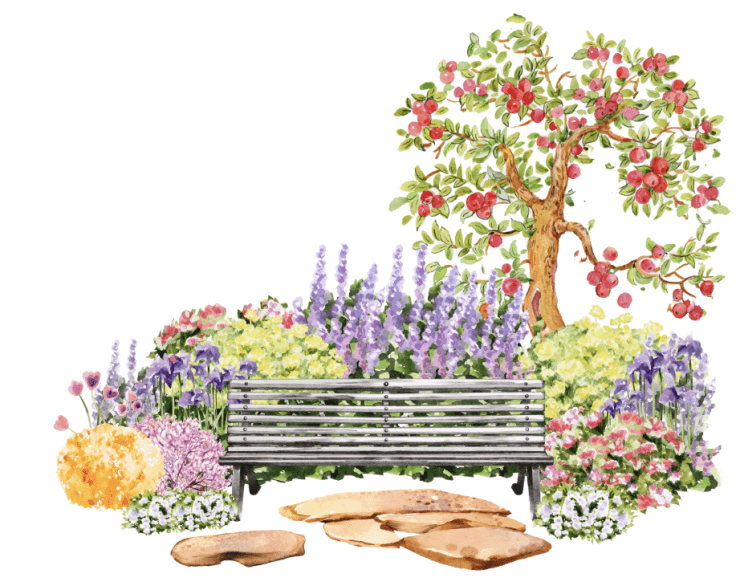Read by Matilda Longbottom

Let me tell you about my love affair with mulch—it’s the unsung hero that transformed my garden from stressed to blessed! Whether you’re tending to juicy heirloom tomatoes or those showstopping dahlias you’ve been nurturing, finding the right mulch feels like giving your plants the perfect blanket—cozy, protective, and just what they need to thrive.
I remember the first time I applied a thick layer of straw around my strawberry plants. The transformation was almost magical—fewer weeds, more moisture retention, and berries that never touched the soil. That’s when I became a mulch evangelist! Let’s dig into the options that have worked wonders in my mixed garden of edibles and ornamentals.

Top Non-Toxic Mulch Options for Mixed Gardens
Compost: The Garden’s Best Friend
Nothing says “I love you” to your garden quite like a layer of rich, dark compost! This superstar breaks down gradually, feeding your soil with nutrients while suppressing weeds. Pro tip: Aim for well-aged compost that smells earthy—not funky!
Straw: The Classic Choice
Clean straw (not hay—big difference!) makes fantastic mulch for vegetable gardens. It’s lightweight, decomposes nicely, and keeps those strawberries from touching bare soil. Just make sure it’s seed-free to avoid turning your garden into an accidental wheat field!
Leaf Mold: Nature’s Gift
Can you rake leaves into your garden beds? Absolutely! Those fallen leaves are basically free garden gold. For Spring mulching, use last Fall’s partially decomposed leaves. They’ll continue breaking down while protecting your soil from Summer heat. Freshly fallen leaves work too, just avoid piling them too deeply around stems. In Fall, shred them first (run over them with a mower—so satisfying!) before applying around plants. By Spring, they’ll have partially broken down into what gardeners call “leaf mold”—a nutrient-rich wonder that improves soil structure.
Wood Chips: The Long-Term Relationship
Perfect for ornamental beds and around trees, wood chips break down slowly and look tidy. For edible gardens, keep them in pathways rather than directly around vegetables, as they can temporarily tie up nitrogen as they decompose.
Grass Clippings: The Quick Fix
Dried grass clippings (not fresh, those can get slimy!) make excellent mulch for vegetable gardens. They’re high in nitrogen and break down quickly, giving your plants a nice boost. Layer them thinly and let them dry first.

Winning the War on Weeds
While compost is nutrient-rich and can theoretically support weed growth, when used properly as mulch, it actually helps suppress weeds. Here’s why and how to maximize weed suppression:
The Compost Conundrum Solved
- Thickness matters: Apply compost mulch 2-3 inches thick to block light from reaching weed seeds
- Proper composting: Well-heated compost (reaching 140°F during processing) kills most weed seeds
- Timing is crucial: Apply compost mulch before weeds emerge in early Spring
- Refresh regularly: Maintain that 2-3 inch barrier by adding more when it breaks down
Multi-Layered Weed Defense
For maximum weed suppression, consider these strategies:
- Newspaper or cardboard base: Before applying any mulch, lay down 6-10 sheets of newspaper or a layer of cardboard (remove tape and labels). Wet it thoroughly, then add your chosen mulch on top. This biodegradable barrier blocks light while eventually breaking down into the soil.
- Pre-emergent plus mulch: For ornamental beds, consider applying corn gluten meal (a natural pre-emergent herbicide) before mulching. This prevents weed seeds from sprouting while being safe for established plants.
- Mulch fabric beneath gravel/stones: In pathways or permanent ornamental areas, professional-grade landscape fabric beneath decorative stone provides long-term weed suppression.
- The mulch-water-mulch technique: Apply a thin layer of mulch, water thoroughly, then add the rest. This creates a more effective seal against weeds.
- Edge definition: Create clear, slightly sunken edges around beds to contain mulch and define a clean boundary where you can quickly spot and remove encroaching weeds.
 Plant Placement: The Neighborly Garden
Plant Placement: The Neighborly Garden
When planning your garden layout, think of it as a neighborhood where some residents get along splendidly while others need some space between them!
Keep These Apart:
- Black walnut trees produce juglone, a natural growth inhibitor. Keep your veggie garden at least 50-75 feet away from these trees.
- Allelopathic plants like sunflowers, certain eucalyptus, and some pine trees release compounds that can suppress growth. Give them about 10-15 feet of distance from your edibles.
- Strongly scented herbs like mint can cross-pollinate with other mint family members. Keep mint about 5-10 feet from related herbs if you’re seed-saving.
Happy Neighbors:
- Roses and garlic make great companions—garlic helps deter rose pests.
- Marigolds planted throughout vegetable gardens help repel certain nematodes and pests.
- Fragrant ornamentals like lavender can attract pollinators to your vegetable patch when planted nearby.

Mulching Pro Tips
- Apply mulch 2-4 inches deep, but always keep it pulled back about an inch from plant stems and tree trunks to prevent rot.
- Refresh your mulch once or twice a year—think of it as changing your garden’s seasonal wardrobe!
- For vegetable gardens, lighter mulches that break down quickly (leaves, straw, compost) are usually best.
- For ornamental beds, you can use longer-lasting options like wood chips.
The beauty of a well-mulched garden isn’t just in its appearance—it’s in the thriving ecosystem you’re creating beneath the surface. Your plants will thank you with bigger harvests, brighter blooms, and fewer pest problems! ❖
Ready to get mulching? Your garden’s about to become the envy of the neighborhood! What do you use for mulch?


 Previous
Previous



I want to grow a small vegetable garden and some ornamental plant. The ornamental plants will have shade in the afternoon. What can I plant?
Why not consider some flowering plants that are also edible. Here are some that can handle partial sun conditions: nasturtiums, violets, calendula, pansies, daylilies, borage, chives, lemon balm, coneflower, chamomile, etc.